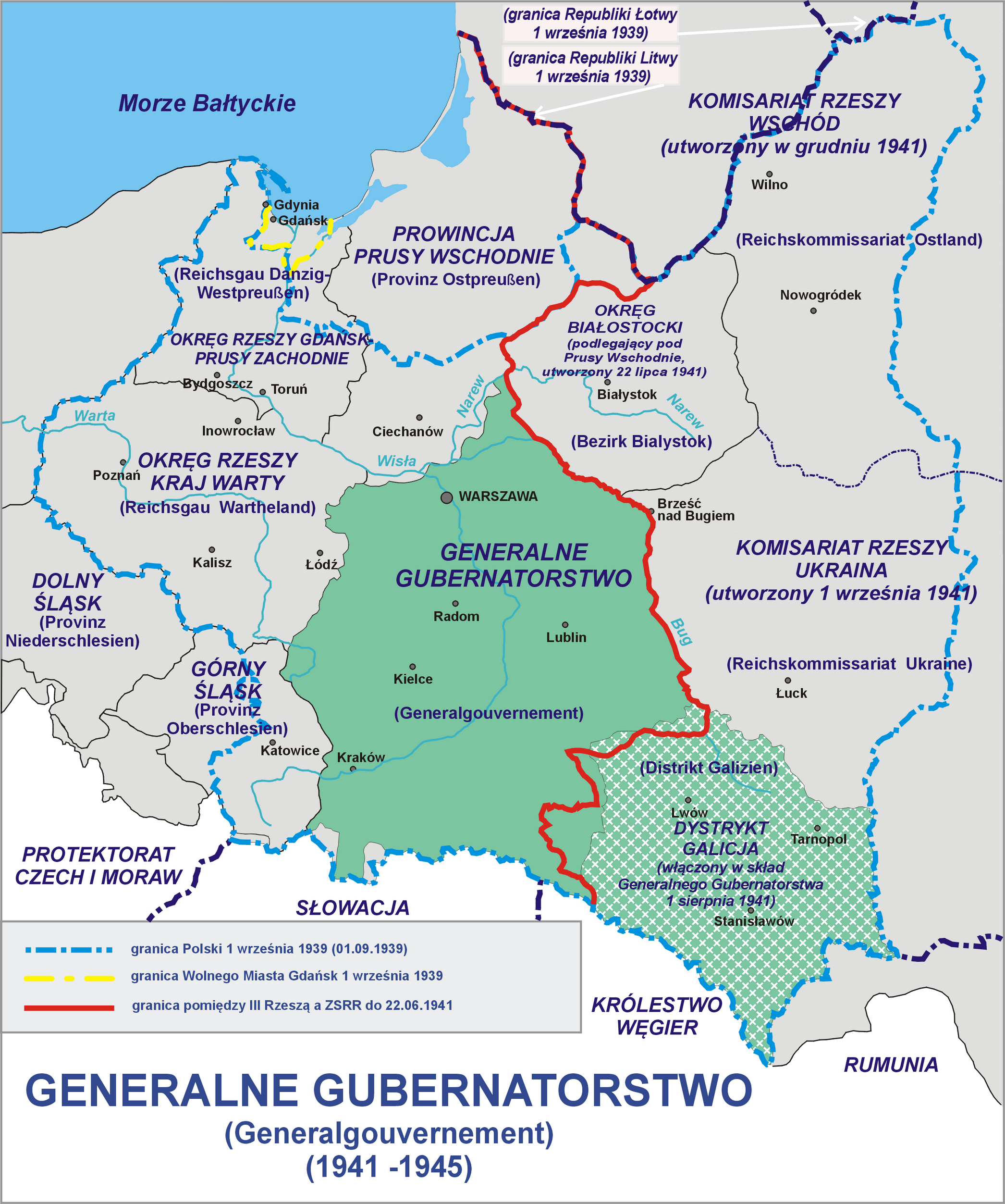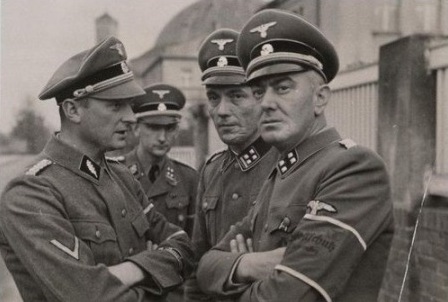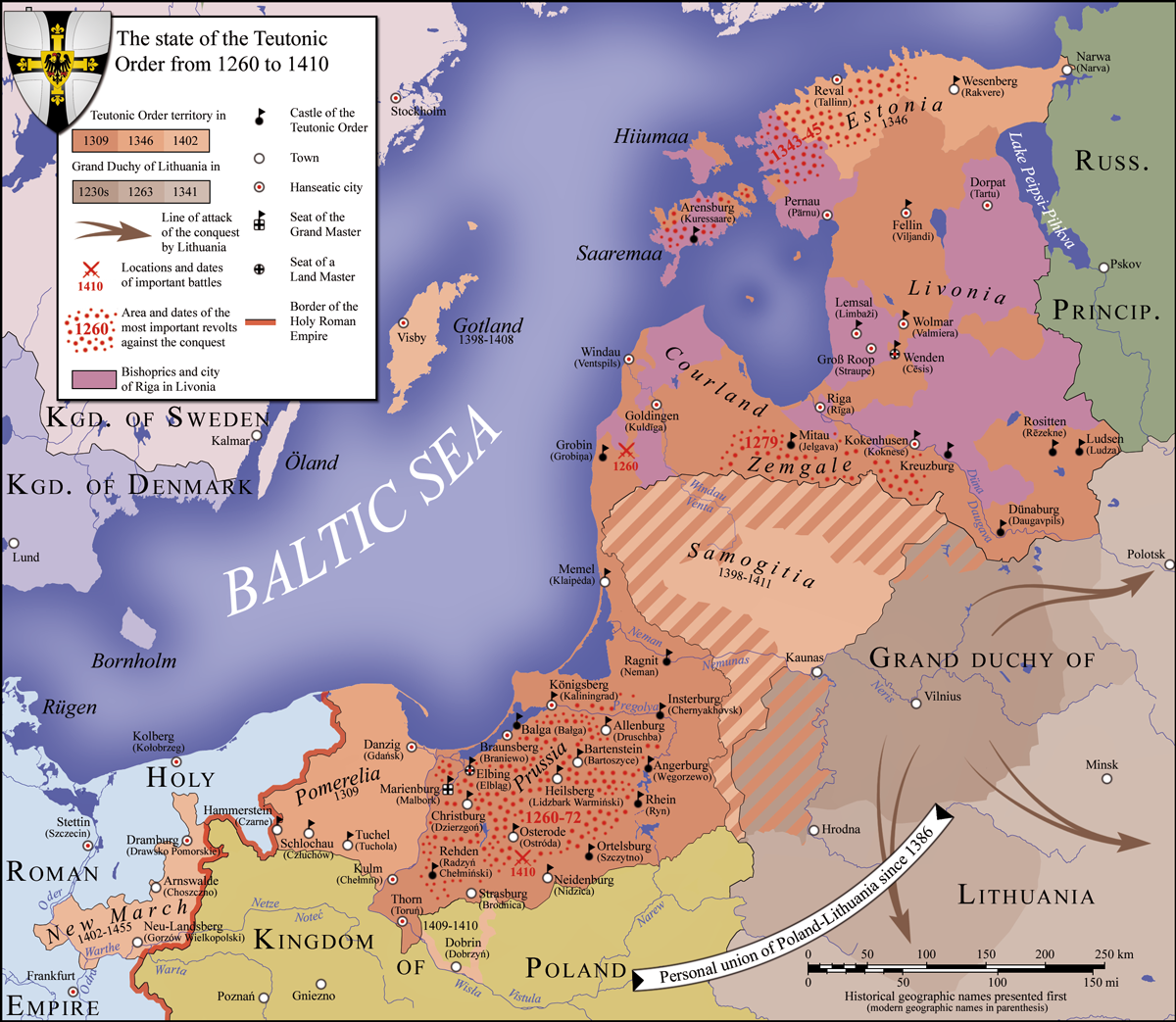|
Mała Nieszawka
Mała Nieszawka is a village in the administrative district of Gmina Wielka Nieszawka, within Toruń County, Kuyavian-Pomeranian Voivodeship, in north-central Poland. It lies approximately east of Wielka Nieszawka and south-west of Toruń. History Polish– Teutonic peace talks, which ended the Thirteen Years' War, were held in the settlement at the turn of September and October 1466. During the German occupation (World War II), in November 1939, Polish teachers from Mała Nieszawka were murdered by the Germans in Barbarka (present-day district of Toruń) during a massacre of Polish teachers from the region carried out as part of the ''Intelligenzaktion The ''Intelligenzaktion'' (), or the Intelligentsia mass shootings, was a series of mass murders committed against the Polish people, Polish intelligentsia (teachers, priests, physicians, and other prominent members of Polish society) during the ...''. Poles were also subjected to expulsions, carried out in November 1 ... [...More Info...] [...Related Items...] OR: [Wikipedia] [Google] [Baidu] |
List Of Sovereign States
The following is a list providing an overview of sovereign states around the world with information on their status and recognition of their sovereignty. The 205 listed states can be divided into three categories based on membership within the United Nations System: 193 member states of the United Nations, UN member states, two United Nations General Assembly observers#Current non-member observers, UN General Assembly non-member observer states, and ten other states. The ''sovereignty dispute'' column indicates states having undisputed sovereignty (188 states, of which there are 187 UN member states and one UN General Assembly non-member observer state), states having disputed sovereignty (15 states, of which there are six UN member states, one UN General Assembly non-member observer state, and eight de facto states), and states having a political status of the Cook Islands and Niue, special political status (two states, both in associated state, free association with New ... [...More Info...] [...Related Items...] OR: [Wikipedia] [Google] [Baidu] |
Teutonic Order
The Teutonic Order is a religious order (Catholic), Catholic religious institution founded as a military order (religious society), military society in Acre, Israel, Acre, Kingdom of Jerusalem. The Order of Brothers of the German House of Saint Mary in Jerusalem was formed to aid Christians on their pilgrimages to the Holy Land and to establish hospitals. Its members have commonly been known as the Teutonic Knights, having historically served as a crusades, crusading military order for supporting Catholic rule in the Holy Land and the Northern Crusades during the Middle Ages, as well as supplying military protection for Catholics in Eastern Europe. Purely religious since 1810, the Teutonic Order still confers limited honorary knighthoods. The Bailiwick of Utrecht of the Teutonic Order, a Protestant order of chivalry, chivalric order, is descended from the same medieval military order and also continues to award knighthoods and perform charitable work. Name The name of the Or ... [...More Info...] [...Related Items...] OR: [Wikipedia] [Google] [Baidu] |
Expulsion Of Poles By Nazi Germany
The Expulsion of Poles by Nazi Germany during World War II was a massive operation consisting of the forced resettlement of over 1.7 million Polish people, Poles from the territories of Occupation of Poland (1939–1945), German-occupied Poland, with the aim of their Germanisation in Poland (1939–1945), Germanization (see ''Lebensraum'') between 1939 and 1944. The German Government had plans for the extensive Settler colonialism, colonisation of territories of occupied Poland, which were annexed directly into Nazi Germany in 1939. Eventually these plans grew bigger to include parts of the General Government. The region was to become a "purely German area" within 15–20 years, as explained by Adolf Hitler in March 1941. By that time the General Government was to be cleared of 15 million Polish nationals, and resettled by 4–5 million ethnic Germans. The operation was the culmination of the expulsion of Poles by Germany carried out since the 19th century, when Poland was Parti ... [...More Info...] [...Related Items...] OR: [Wikipedia] [Google] [Baidu] |
Institute Of National Remembrance
The Institute of National Remembrance – Commission for the Prosecution of Crimes against the Polish Nation (, abbreviated IPN) is a Polish state research institute in charge of education and archives which also includes two public prosecution service components exercising investigative, prosecution and Lustration in Poland, lustration powers. The IPN was established by the Polish parliament by the Act on the Institute of National Remembrance of 18 December 1998 through reforming and expanding the earlier Main Commission for the ''Investigation'' of Crimes against the Polish Nation of 1991, which itself had replaced the General Commission for Research on Fascist Crimes, a body established in 1945 focused on investigating the crimes of the Nazi administration in Poland during World War II. In 2018, IPN's mission statement was amended by the controversial Amendment to the Act on the Institute of National Remembrance to include "protecting the reputation of the Republic of Poland ... [...More Info...] [...Related Items...] OR: [Wikipedia] [Google] [Baidu] |
Intelligenzaktion
The ''Intelligenzaktion'' (), or the Intelligentsia mass shootings, was a series of mass murders committed against the Polish people, Polish intelligentsia (teachers, priests, physicians, and other prominent members of Polish society) during the early years of the World War II, Second World War (1939–45) by Nazi Germany. The Germans conducted the operations in accordance with their plan to Germanization, Germanize the western regions of occupied Poland, before their territorial annexation to the Nazi Germany, German Reich. The mass murder operations of the ''Intelligenzaktion'' resulted in the killing of 100,000 Polish people; by way of forced disappearance, the Germans imprisoned and killed select members of Polish society, identified as enemies of the Reich before the war; they were buried in mass graves which were dug in remote places. To facilitate the depopulation of occupied Poland, the Germans Terrorism, terrorised the general populace by carrying out public, summary exe ... [...More Info...] [...Related Items...] OR: [Wikipedia] [Google] [Baidu] |
Barbarka Massacre
Barbarka massacre was a series of mass executions carried out by Occupation of Poland (1939–1945), German occupiers in the autumn of 1939 in the Barbarka, Toruń, Barbarka forest near Toruń, Poland. The mass executions in Barbarka were part of the so-called ''Intelligenzaktion'', and they were carried out by Schutzstaffel, SS officers and members of the paramilitary Selbstschutz. Polish historians estimate that at least 600 people were murdered in Barbarka. The victims were prisoners of the internment camp set up by the Nazi Germany, Germans in the casemates of Fort VII of the Toruń Fortress. Among them were many representatives of the Polish social elite and intelligentsia from Toruń and surrounding areas. The beginning of German occupation First repressions On 7 September 1939, Wehrmacht units entered Toruń. Over the next two days, the military, along with the Sicherheitspolizei, Security Police, conducted preventive arrests in Toruń, detaining dozens of people as ... [...More Info...] [...Related Items...] OR: [Wikipedia] [Google] [Baidu] |
Polish People
Polish people, or Poles, are a West Slavic ethnic group and nation who share a common History of Poland, history, Culture of Poland, culture, the Polish language and are identified with the country of Poland in Central Europe. The preamble to the Constitution of the Republic of Poland defines the Polish nation as comprising all the citizenship, citizens of Poland, regardless of heritage or ethnicity. The majority of Poles adhere to Roman Catholicism. The population of self-declared Poles in Poland is estimated at 37,394,000 out of an overall population of 38,512,000 (based on the 2011 census), of whom 36,522,000 declared Polish alone. A wide-ranging Polish diaspora (the ''Polish diaspora, Polonia'') exists throughout Eurasia, the Americas, and Australasia. Today, the largest urban concentrations of Poles are within the Warsaw metropolitan area and the Katowice urban area. Ethnic Poles are considered to be the descendants of the ancient West Slavic Lechites and other tribes t ... [...More Info...] [...Related Items...] OR: [Wikipedia] [Google] [Baidu] |
World War II
World War II or the Second World War (1 September 1939 – 2 September 1945) was a World war, global conflict between two coalitions: the Allies of World War II, Allies and the Axis powers. World War II by country, Nearly all of the world's countries participated, with many nations mobilising all resources in pursuit of total war. Tanks in World War II, Tanks and Air warfare of World War II, aircraft played major roles, enabling the strategic bombing of cities and delivery of the Atomic bombings of Hiroshima and Nagasaki, first and only nuclear weapons ever used in war. World War II is the List of wars by death toll, deadliest conflict in history, causing World War II casualties, the death of 70 to 85 million people, more than half of whom were civilians. Millions died in genocides, including the Holocaust, and by massacres, starvation, and disease. After the Allied victory, Allied-occupied Germany, Germany, Allied-occupied Austria, Austria, Occupation of Japan, Japan, a ... [...More Info...] [...Related Items...] OR: [Wikipedia] [Google] [Baidu] |
Occupation Of Poland (1939–1945)
During World War II, Poland was occupied by Nazi Germany and the Soviet Union following the invasion in September 1939, and it was formally concluded with the defeat of Germany by the Allies in May 1945. Throughout the entire course of the occupation, the territory of Poland was divided between Nazi Germany and the Soviet Union (USSR), both of which intended to eradicate Poland's culture and subjugate its people. In the summer-autumn of 1941, the lands which were annexed by the Soviets were overrun by Germany in the course of the initially successful German attack on the USSR. After a few years of fighting, the Red Army drove the German forces out of the USSR and crossed into Poland from the rest of Central and Eastern Europe. Sociologist Tadeusz Piotrowski argues that both occupying powers were hostile to the existence of Poland's sovereignty, people, and the culture and aimed to destroy them. Before Operation Barbarossa, Germany and the Soviet Union coordinated th ... [...More Info...] [...Related Items...] OR: [Wikipedia] [Google] [Baidu] |
Thirteen Years' War (1454–1466)
The Thirteen Years' War (; ), also called the War of the Cities, was a conflict fought in 1454–1466 between the Crown of the Kingdom of Poland and the Teutonic Order. After the Battle of Grunwald, enormous defeat suffered by the German Order at the hand of Poland-Lithuania in 1410 and the ensuing political, military and economic problems, the state was rife with internal conflict between the ruling Order and the Old Prussians, native Prussian warlords, who shared concerns with assimilated Prussian and German townsfolk. Eventually this tension led to an uprising by the Prussian Confederation representing the local Prussian nobility and cities, who sought the protection of the Polish King Casimir IV Jagiellon. This essentially amounted to a switching of sides which the German Order immediately took as a mortal threat, and a war broke out between Poland and the Teutons. The Thirteen Years' War ended in the victory of Poland and in the Second Peace of Thorn (1466), Second Peace ... [...More Info...] [...Related Items...] OR: [Wikipedia] [Google] [Baidu] |
Crown Of The Kingdom Of Poland
The Crown of the Kingdom of Poland (; ) was a political and legal concept formed in the 14th century in the Kingdom of Poland, assuming unity, indivisibility and continuity of the state. Under this idea, the state was no longer seen as the Patrimonialism, patrimonial property of the monarch or dynasty, but became a common good of the political community of the kingdom. This notion allowed the state to maintain stability even during periods of interregnum and paved the way for a unique political system in Poland, characterized by a noble-based parliament and the Free election (Poland), free election of the monarch. Additionally, the concept of the Crown extended beyond existing borders, asserting that previously lost territories still rightfully belonged to it. The term ''Crown of the Kingdom of Poland'' also referred to all the lands under the rule of the Polish king. This meaning became especially significant after the Union of Lublin, union with the Grand Duchy of Lithuania, w ... [...More Info...] [...Related Items...] OR: [Wikipedia] [Google] [Baidu] |
Voivodeships Of Poland
A voivodeship ( ; ; plural: ) is the highest-level Administrative divisions of Poland, administrative division of Poland, corresponding to a province in many other countries. The term has been in use since the 14th century and is commonly translated into English as "province". The administrative divisions of Poland, Polish local government reforms adopted in 1998, which went into effect on 1 January 1999, reduced the number of voivodeships to sixteen. These 16 replaced the 49 subdivisions of the Polish People's Republic, former voivodeships that had existed from 1 July 1975, and bear a greater resemblance (in territory, but not in name) to the voivodeships that existed between 1950 and 1975. Today's voivodeships are mostly named after historical and geographical regions, while those prior to 1998 generally took their names from the cities on which they were centered. The new units range in area from under (Opole Voivodeship) to over (Masovian Voivodeship), and in population ... [...More Info...] [...Related Items...] OR: [Wikipedia] [Google] [Baidu] |








